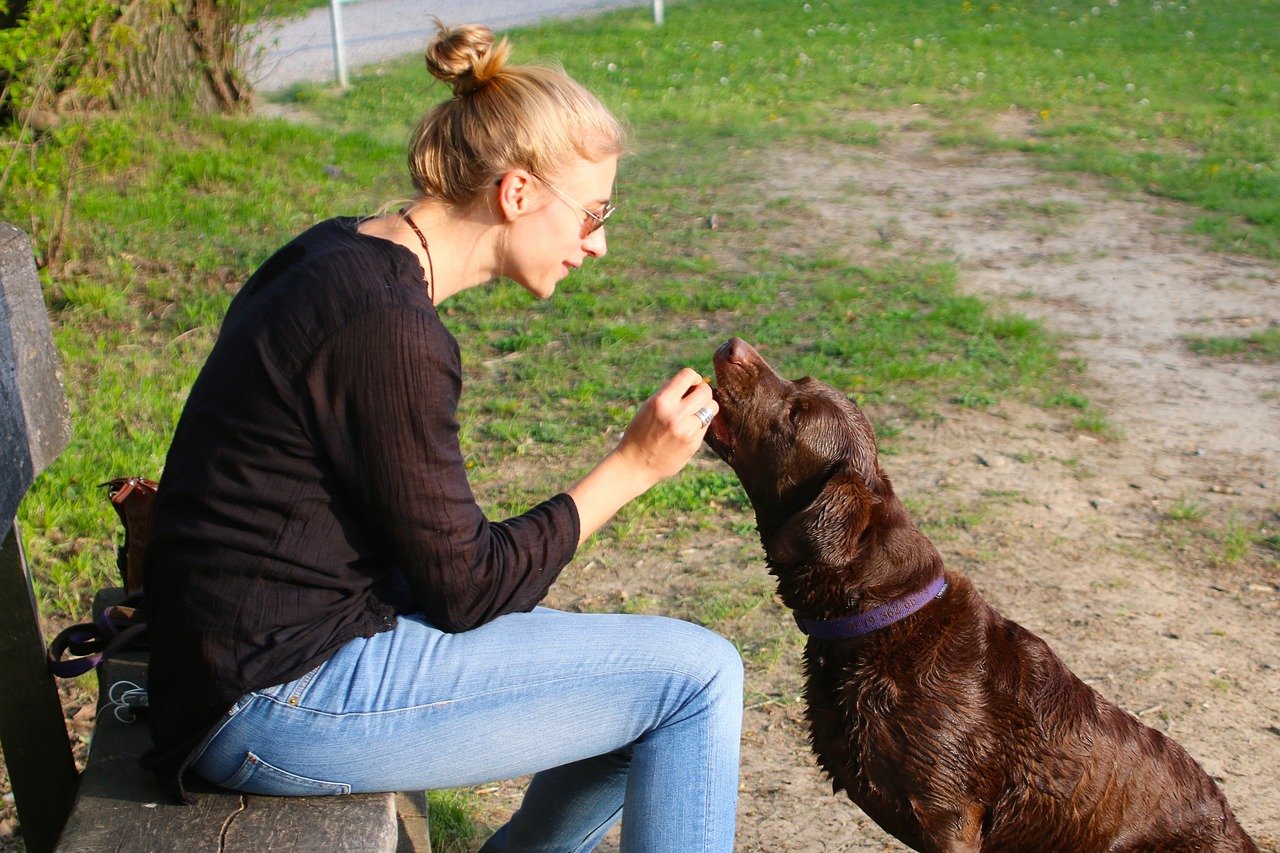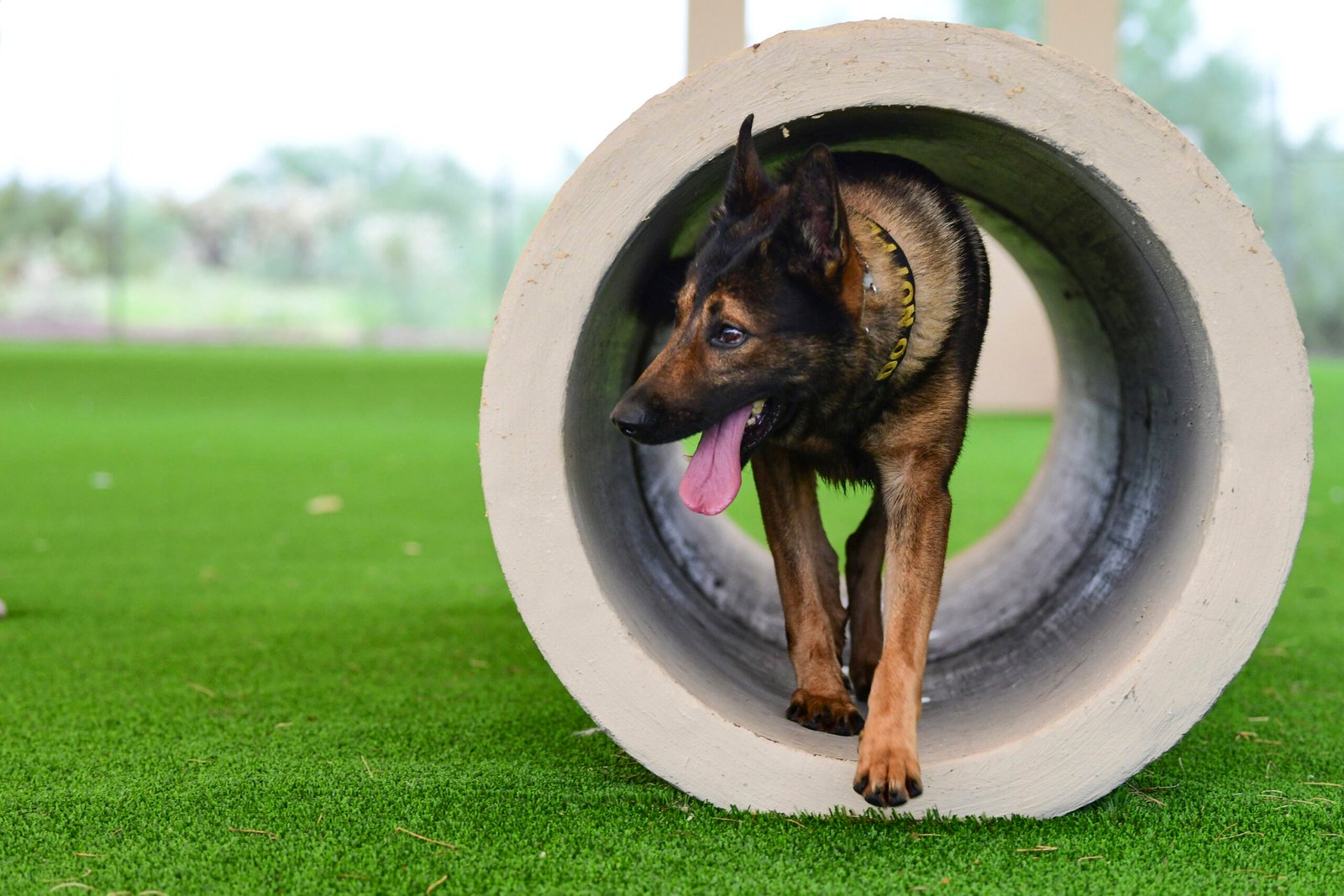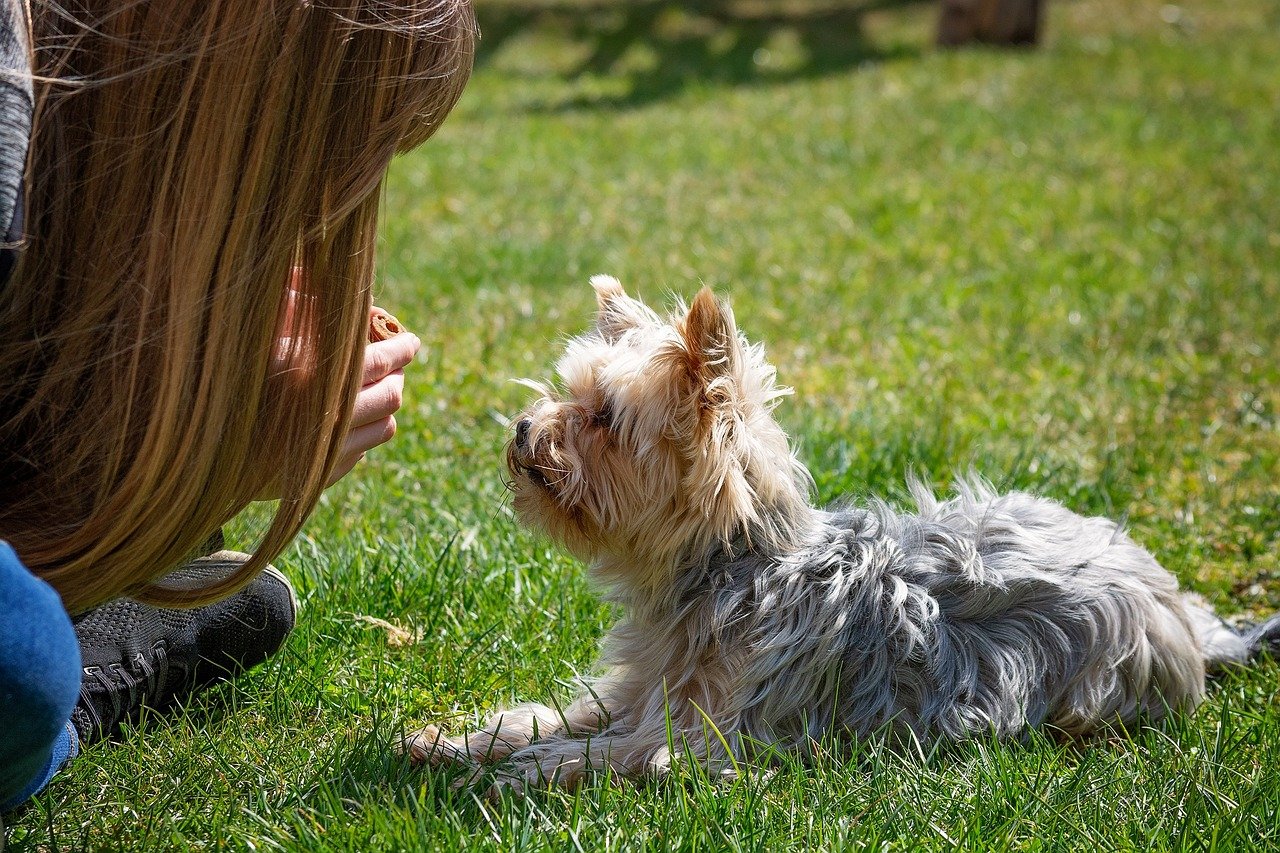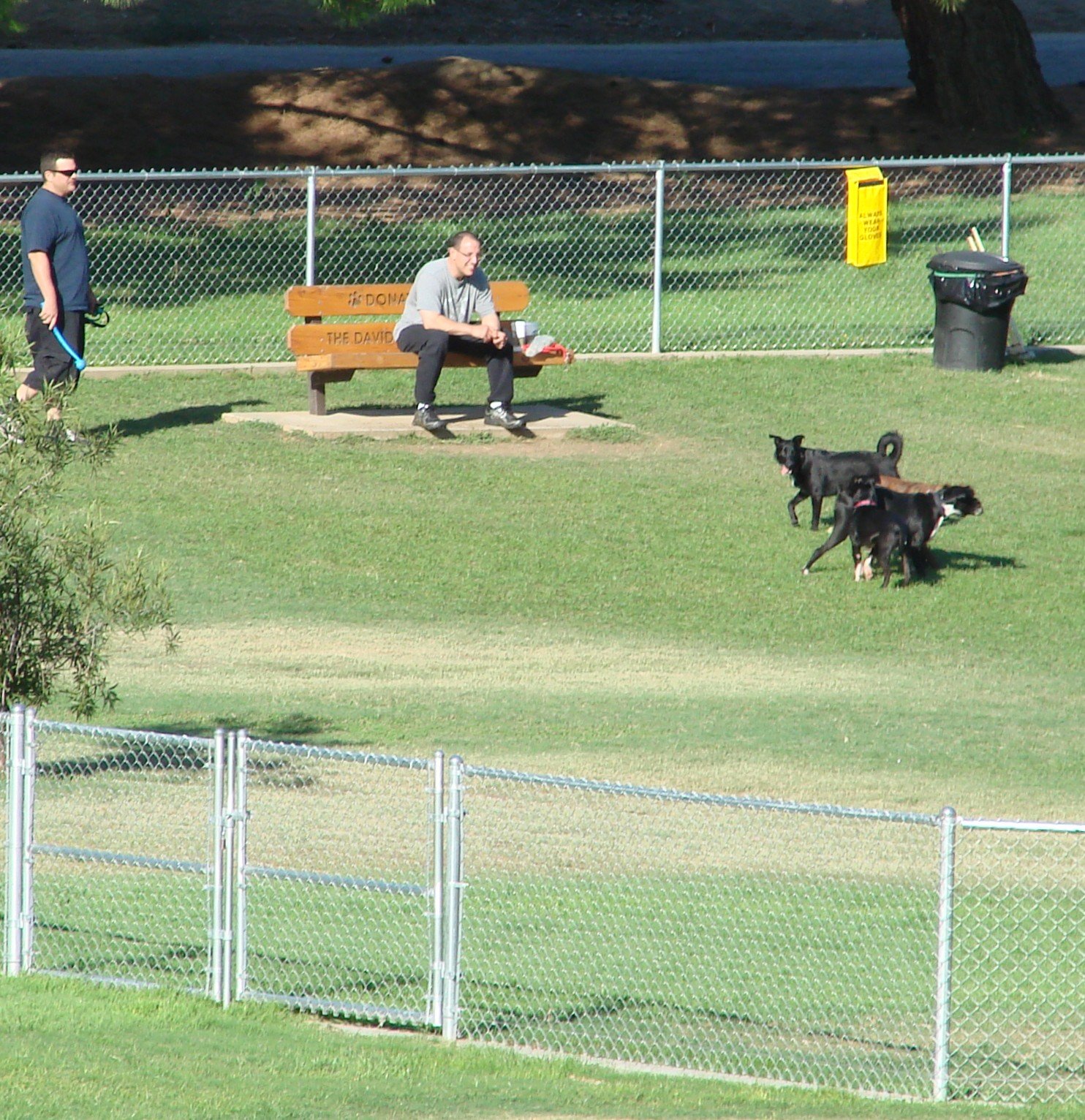Have you ever found yourself desperately trying to capture your dog’s attention, only to be met with a blank stare or a distracted glance? You’re not alone. Dogs, much like humans, have their moments of distraction, and understanding how to engage them can transform your relationship. Science has delved deep into the canine mind, uncovering fascinating insights that can help you communicate better with your furry friend. From simple gestures to understanding their unique psychology, these methods can make a world of difference. Are you ready to unlock the secrets to your dog’s attention? Let’s dive in.
Understanding the Canine Brain

At the heart of getting your dog’s attention is understanding how their brain works. Dogs have an incredible ability to process information, but their attention spans can be shorter than we might think. Research shows that dogs are constantly processing a myriad of sensory inputs, which can make it challenging for them to focus on one thing at a time. This means that when you’re trying to get their attention, competing stimuli can be a significant distraction.
Imagine a room full of people talking; it’s hard to focus on one conversation, right? Similarly, dogs can be overwhelmed by sounds, smells, and sights. By understanding this, you can create a more focused environment for them. Start by minimizing distractions in their surroundings. This might mean turning off the TV or choosing a quieter area for training sessions. It’s all about creating a space where your dog can concentrate on you without being bombarded by other stimuli.
The Power of Positive Reinforcement

Positive reinforcement is a cornerstone of effective dog training. This method involves rewarding your dog for desired behaviors, which encourages them to repeat those actions. Science has shown that positive reinforcement creates a strong bond between you and your dog, making them more likely to pay attention to you. When your dog knows that good behavior results in a treat or praise, they’re motivated to focus on you.
Think of positive reinforcement as a way of building trust and communication with your dog. It’s like when you receive a compliment or a reward for a job well done – it makes you want to continue performing well. Start by using treats, toys, or verbal praise to reward your dog when they give you their attention. Over time, you’ll notice that your dog becomes more attentive, eager to earn those rewards by focusing on you.
Using Consistent Commands

Consistency is key when it comes to training your dog. Dogs thrive on routine and predictability, so using consistent commands can significantly improve their attention. When you use the same words and gestures for specific actions, your dog learns to associate those cues with particular behaviors. This clarity helps them understand what you expect from them.
Imagine trying to learn a new language where the words keep changing. It would be confusing, wouldn’t it? Similarly, dogs can become confused if we use different commands for the same action. Stick to simple, clear commands and use them consistently. Whether it’s “sit,” “stay,” or “come,” make sure you and everyone in your household use the same terms. This consistency helps your dog understand and respond more effectively.
The Impact of Body Language
Dogs are incredibly attuned to human body language. In fact, they often pay more attention to our gestures and movements than our words. Studies have shown that dogs can interpret human gestures with remarkable accuracy, which means your body language can be a powerful tool in capturing their attention.
Think about how much you communicate with your own body language – a nod, a wave, or even a smile can convey a message. Similarly, your dog reads your movements to understand your intentions. Use clear and deliberate gestures when giving commands. For instance, if you’re calling your dog, extend your arm towards them. These visual cues can help reinforce your verbal commands, making it easier for your dog to focus on you.
Understanding Vocal Tone

The tone of your voice can have a profound effect on your dog’s attention. Dogs are sensitive to changes in our vocal tone and can distinguish between different emotional states. A calm, steady voice can convey authority and reassurance, while a high-pitched, excited tone can signal playfulness. Understanding how to use your voice effectively can help you engage your dog’s attention.
Imagine listening to a speaker who varies their tone to emphasize important points – it keeps you engaged, right? Similarly, when training your dog, use a firm but friendly tone to command attention. Avoid shouting or using an angry voice, as this can cause anxiety and reduce their ability to focus. By modulating your tone, you can communicate more effectively and keep your dog’s attention on you.
Timing is Everything

Timing plays a crucial role in capturing your dog’s attention. Dogs live in the moment, and their attention can shift quickly. This means that the timing of your commands and rewards can make a significant difference in their responsiveness. When you give a command, ensure that your timing is precise, so your dog knows exactly what behavior you’re addressing.
Consider how important timing is in everyday life – whether it’s catching a bus or meeting a deadline, timing can be everything. Similarly, when training your dog, give commands when you have their full attention. Reward them immediately for good behavior to reinforce the connection between the action and the reward. This timely reinforcement helps solidify their understanding and keeps their focus on you.
The Role of Socialization

Socialization is a vital aspect of a dog’s development and plays a significant role in their ability to pay attention. Dogs that are well-socialized are more confident and less anxious, making them more likely to focus on you. Exposing your dog to different environments, people, and other animals can help them become more adaptable and attentive.
Think of socialization as broadening your dog’s horizons. Just as experiencing new cultures can make us more open-minded, socialization helps dogs become more comfortable in various situations. Take your dog to different places, introduce them to new people, and allow them to interact with other dogs. This exposure helps them build confidence and reduces distractions, making it easier for them to pay attention to you.
Creating a Strong Bond
The bond between you and your dog is the foundation of their attention. A strong, trusting relationship encourages your dog to focus on you, as they see you as a source of comfort and guidance. Building this bond requires time, patience, and understanding. Spend quality time with your dog, engage in activities they enjoy, and show them love and affection.
Imagine the connection you have with a close friend – it’s built on trust and shared experiences. Similarly, your dog looks to you for companionship and support. By nurturing this bond, you create an environment where your dog feels secure and valued. This emotional connection makes them more attentive and eager to engage with you.
In conclusion, understanding the science behind capturing your dog’s attention can transform your relationship with them. By applying these insights, you can create a more focused and attentive environment for your dog. From using positive reinforcement to building a strong bond, these methods can help you communicate more effectively with your furry friend. So, are you ready to try these techniques and see the difference they can make?

Linnea is a born and bred Swede but spends as much time as possible in Cape Town, South Africa. This is mainly due to Cape Town’s extraordinary scenery, wildlife, and atmosphere (in other words, because Cape Town is heaven on earth.) That being said, Sweden’s majestic forests forever hold a special place in her heart. Linnea spends as much time as she can close to the ocean collecting sea shells or in the park admiring puppies.





